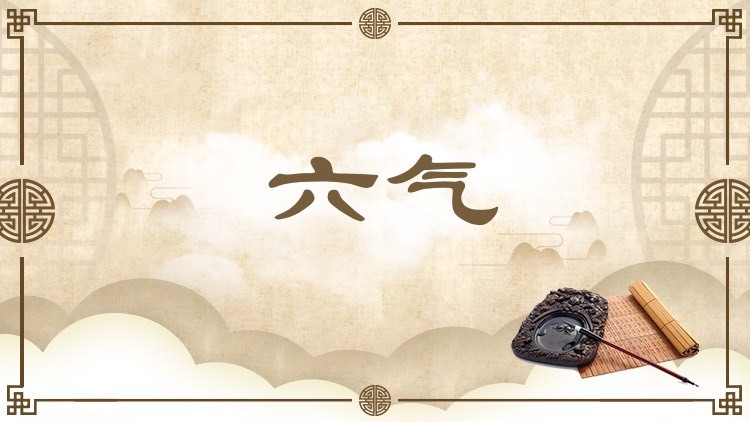Six Forms of Qi (Vital Force)

气的六种表现形态。“六气”一说最早见于《左传》。“气”是构成一切有形之物的基本材料,充盈流动于天地之间。“气”在运行变化中表现为六种不同的形态,即阴、阳、风、雨、晦(黑夜)、明(白昼),统称为“六气”。阴与阳、风与雨、晦与明,两两相对。在六者的相互作用中,生成了更为复杂多样的人与自然的现象。
This term means six different forms of qi (vital force). Their earliest mention is found in Zuo's Commentary on the Spring and Autumn Annals. Qi is the basic element of all things corporeal, and flows between heaven and earth. It manifests itself in six different forms: yin, yang, wind, rain, darkness (night), and light (day). They appear in pairs of opposites: yin versus yang, wind versus rain, and darkness versus light. Their interaction produces complicated and varied forms of human and other natural phenomena.
引例 Citations:
◎天有六气,降生五味,发为五色,征为五声,淫生六疾。六气曰阴、阳、风、雨、晦、明也,分为四时,序为五节。(《左传·昭公元年》)
天有六种形态的气,产生了五种味道,表现为五种颜色,征验为五种声音,过度就会产生六种疾病。六气为阴、阳、风、雨、晦、明,分化为四季,排列为五行的节律。
There are six forms of qi, which produce five kinds of smells, manifest in five colors, give rise to five sounds, and if used to excess cause six kinds of illnesses. The six forms of qi are yin, yang, wind, rain, darkness, and light, which spread out into four seasons, and they are aligned to produce the rhythms of the five elements. (Zuo's Commentary on the Spring and Autumn Annals)
◎民有好、恶、喜、怒、哀、乐,生于六气。(《左传·昭公二十五年》)
民众有好、恶、喜、怒、哀、乐,生成于气的六种形态。
Humans experience love, hatred, happiness, anger, sadness, and joy, which make up the six forms of qi. (Zuo's Commentary on the Spring and Autumn Annals)
推荐:教育部 国家语委
供稿:北京外国语大学 外语教学与研究出版社





